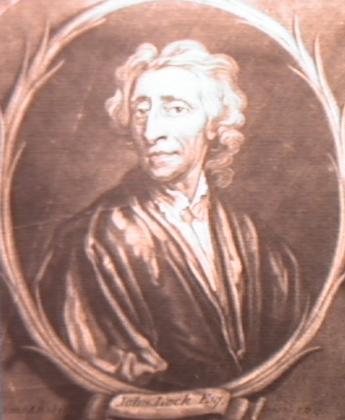Classical Republicans, Whigs, and Tories: Portrait Prints and Books 1650-1750
Classical Republicans, Whigs, and Tories:
Portrait Prints and Books 1650-1750
Exhibition Curated by Professor William F. Campbell
Louisiana State University
(The Prints Displayed in This Exhibit are in the ownership of Professor Campbell
and may not be used without his permission)
Thomas Hollis (1720-1774) The Strenuous Whig. The single most important thread of this
exhibition of books and prints is the work of Thomas Hollis. His interest in the defenders of
tyrannicide and limited government is part of the tapestry of liberty which he created until his death
in 1774. Hollis’s interests provide the temporal limits for this Exhibition. Our collection of Classical
Republicans, Whigs, and Tories will extend from the 16th to the mid-18th centuries.
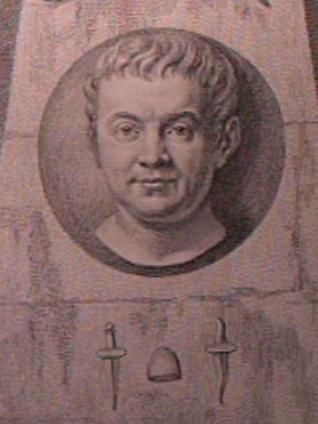
Hollis was a one-man promoter and propagandist for liberty and radical Whiggism. To compare
him to something modern, he was a one-man Liberty Fund: he published beautiful books with the
intent of spreading the ideas which they held. Hollis understood that people liked to hold beautiful
books in their hands; the "feast of reason" would be enjoyed all the more if it were artfully
presented.
Hollis sent the books, the Hollis Liberty prints, medals, and other memorabilia to those places
which he thought could make good use of them. Although Princeton University was the first to
receive his book, Harvard University was the most important of the recipients in this country. In
recent years, attention to Hollis has primarily been inspired by the work of Caroline Robbins; many
of the facts in this guide are owed to her painstaking work.
We have many Liberty Prints which Hollis sponsored: John Milton, Andrew Marvell, Algernon
Sidney, Edmund Ludlow, and John Locke.
The first is a 1772 edition of Algernon Sidney which has all the trappings of a Hollis reprint,
including the portrait of Sidney by Cipriani and the Liberty Cap, an important symbol used by
Hollis.
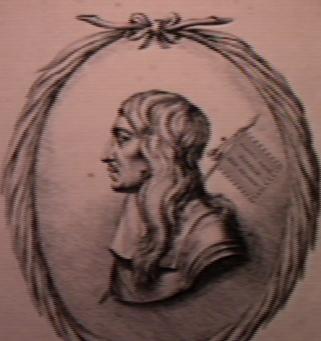
John Milton (1608-1674)
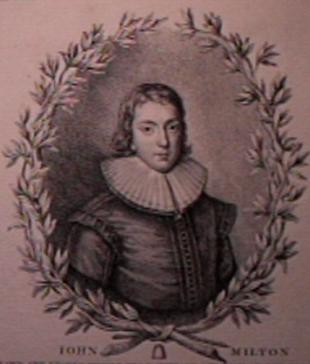
Milton was a poet and a politician, or as Dr. Johnson referred to him, "rebel and bard." jostles side
by side with Areopagitica. He was a Latin Secretary for the Commonwealth which he had
defended. He wrote Eikonoklastes ("Image Smasher") in October, 1649, as a rebuttal to the work
allegedly by King Charles, Eikon Basilike.
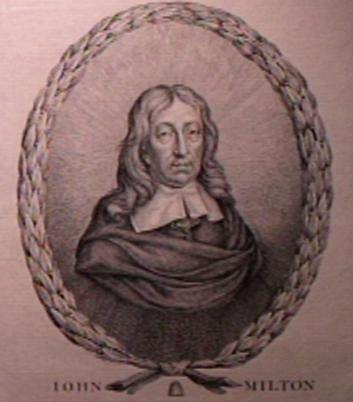
John Milton was among Hollis’s favorites. We can see the Declaration of Independence in the
summary that Hollis gives of Milton’s views: "If I understand Milton’s principles, they are these; that
government, at least our government, is by compact. That, a king becoming a tyrant, and the
compact thereby broken, the power reverts again to the constituents, the people, who may punish
such tyrants as they see fit, and constitute such a new form of government as shall then appear to
them to be most expedient." (Robbins, p. 225) Milton’s Commonwealth principles were more
important for the Classical Republicans than his epic poem, Paradise Lost.
Andrew Marvell (1621-1678)
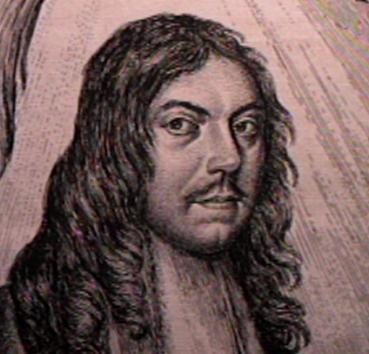
Marvell is known as a poet but he also was a political figure of great eminence among the
Commonwealthmen. Known as the "incorruptible" he refused both a place at Court and a Pension
from Charles II. He was an assistant to Milton as a Latin secretary to the Council during
Cromwell’s Protectorate. He was also a steady Republican who wrote an Account of the Growth
of Popery and Arbitrary Government in England anonymously in 1677.
Algernon Sidney (1623-1683)
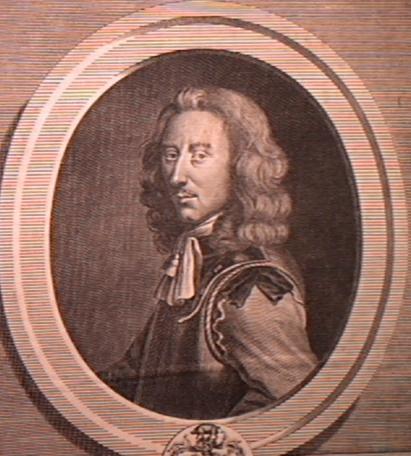
Hampden-Sidney College in Virginia is named after two great Whigs of the 17th century, John
Hampden and Algernon Sidney. John Hampden is famous for his resistance to the Ship Money
Tax; Algernon Sidney was one of the great Classical Republican martyrs of 1683. He was
executed as part of the reaction against the Rye House Plot of 1683.
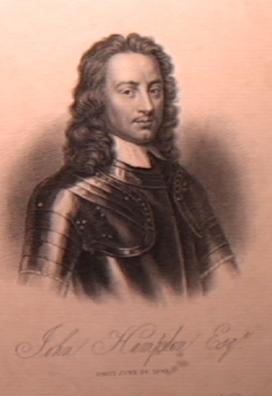
John Hampden
Describing Sidney’s beliefs is not easy. He is less radical than Machiavelli, less individualistic than
John Locke, less cynical than Bernard Mandeville, more liberty-oriented and democratic than Plato
and Aristotle: both liberty and virtue were important parts of his schemes for ideal government.
Sidney had a fiery temper which could result in the motto which he wrote for the visitor’s book at
the University of Copenhagen, "Manus haec inimica tyrannis, Einse petit placidam cum libertate
quietem." Translated as "This hand, enemy to tyrants, By the sword seeks calm peacefulness with
liberty" this motto has remained to this day as the official motto of the state of Massachusets.
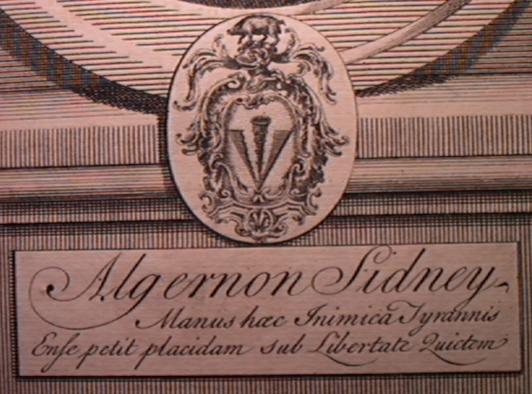
Charles I (1600-1649)
The reason for including Charles I is inspired by the fact that Thomas Hollis believed in sending
examples of the opposition to his views in addition to what he believed was the truth. In Caroline
Robbins’ words, "He believed in sending books by men of different and less reliable views only
because the truth could not properly be appreciated without its opposite: Milton without Charles I,
Sidney, Neville, and Locke without Filmer, Petyt without Brady, Macaulay without Hume."
(Robbins, p. 214)
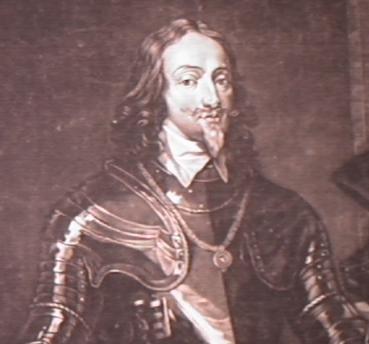
The large mezzotint of Charles I by Josiah Boydell was copied from the Van Dyke painting.
Caroline Robbins reports that, "Hollis sent to Harvard the works of Charles I while carefully
preserving copies of the signatures appended to the death warrant." (Robbins, p. 403) A more
appropriate gift to Harvard cannot be imagined since Hugh Peters, one of the Regicides, drifted to
Harvard in the 17th century. Although Charles’s day of execution, January 30, 1649, became an
important day for Jacobite supporters of the monarchy, his reign accelerated the drums of
discontent against Jacobite absolutism. Eikon Basilike ("Royal Image") was thought to be written
by Charles himself and became the political Bible of the supporters of the monarchy.
Oliver Cromwell (1599-1658)
Oliver Cromwell was a difficult nut to crack for the lovers of liberty. Hollis included him among his
heroes along with Queen Elizabeth and William Pitt. As Robbins put it, "They had made England
feared and respected throughout the world. He forgave the protector his many crimes against the
republic because of the glory he brought to England, and continually sought out the records of his
life, his work, and the survivors of his family.
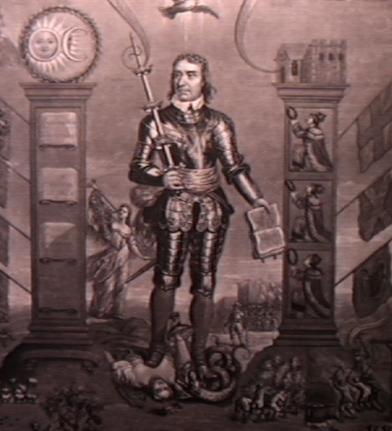
He distributed Cromwell’s latest biography, in which he himself had some share, to many friends
and libraries." (Robbins, p. 177-8) Cromwell was not always so easily forgiven by some of his
other Commonwealth cohorts who believed that he had betrayed the Republican cause.
Hubert Languet (1518-1581)
Hollis was an important promoter of the right of resistance to the crown, including tyrannicide.
Although his interests were primarily Anglo-American, he could also extend himself to Scotch and
French Republicans of the sixteenth century like George Buchanan and Hubert Languet. One of
Hollis’s Liberty Prints was of the French tyrannicide, Hubert Languet, who was supposedly the
author of Vindiciae contra Tyrannos (Basel?, 1579). One of the English translations of this work
in 1648 lists William Walker, supposed executioner of Charles I, as translator.
Salmasius (1588-1653)
Salmasius was the author of Defensio Regia Pro Carolis I(1649) which was a Latin defense of
Charles I and an attack on the Commonwealth. Salmasius, or Claude de Saumaise, of Leyden was
one of the greatest scholars of his age and his vindication of Charles I was a great blow to the
Commonwealth. Milton took over a year to counterattack with his Pro Populo Anglicano
Defensio in 1651.
James Harrington (1611-1677)
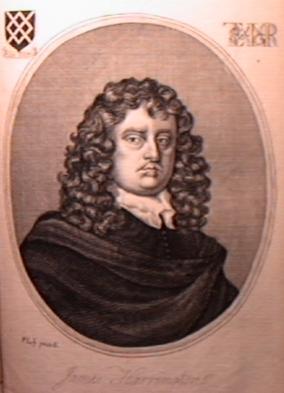
As the author of Oceana in 1656, he was a bringer of the Venetian constitution and Machiavellian
modes of political thought to English political ideas. The well-known Rota club brought Harrington
and his republican supporters together. He was the source of the so-called Whig canon of the 17th
and 18th centuries.
The Plotters: Jesuits and Whigs
There is a great deal of debate about the reality and the extent of radical plotting by Papists and
Whigs alike. The central print here shows a number of men connected with the Popish Plot of
1678, the Rye House Plot of 1683, and the Duke of Monmouth’s failed rebellion of 1685.
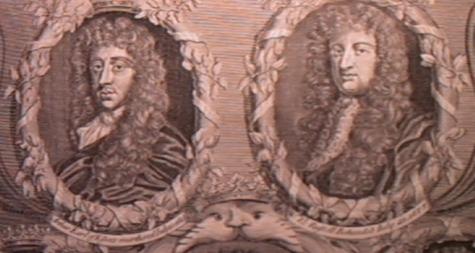
The Popish Plot was the immediate background to the Exclusion controversy of 1679-1681 in
which the Whigs found their real political birth under Lord Shaftesbury. The purpose was to
exclude James II from assuming the crown and thus preventing him from bringing absolute
government modelled on the French model of Louis XIV, along with the Popery which Marvell
feared.
The so-called Popish Plot was discovered by Titus Oates in the autumn of 1678. Oates was an
Anglican clergyman who alleged that the Jesuits were plotting to murder the King and overthrow
the Government in order to convert the country to Roman Catholicism under James II.
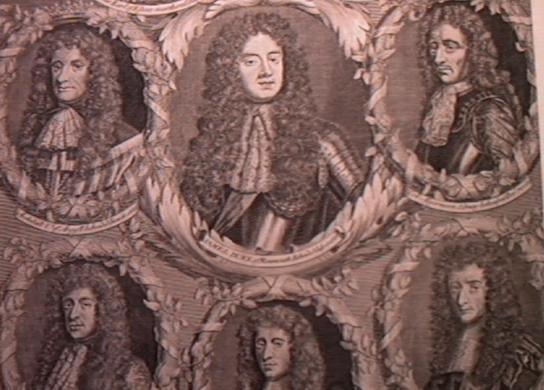
Sir Edmund Godfrey left his house on October 12, 1678, and was found murdered at the foot of
Primrose Hill on October 17. Whodunit? Jesuits, Whigs–no one really knows. But it was treated
by the Whigs as a murder by the Catholics preceding a general massacre of all Protestants. Miles
Prance was a silversmith who had done some work for the Queen and was accused in the summer
of 1679 of having been present at Somerset House when Godfrey was murdered. Under pressure
he made a full confession and in turn accused three servants of the murder. They were executed in
February 1679.
The Earl of Shaftesbury used the murder of Godfrey to great advantage in 1679 after his
procession on November 5th for Guy Fawkes gunpowder plot procession. His procession of
November 17th was designed to celebrate the anniversary of the accession of Queen Elizabeth.
"First appeared a bellman with a slow and solemn pace, exclaiming at intervals in a sepulchral tone,
`Remember Godfrey!’ next came a representation of the body of the murdered magistrate borne by
one habited like a Jesuit; then followed nuns, monks, priests, Catholic bishops in copes and mitres,
Protestant bishops in lawn sleeves, six cardinals with their red hats, and last of all, the Pope, in a
litter, attended by `Arch-Chancellor, the Devil.’ The procession having marched through the city at
night amidst the glare of several thousand flambeaux, the whole population turning out to witness it,
and to call down vengeance on the heads of those who paid homage to the SCARLET LADY,
halted at Temple Bar, when, at a concerted signal, the Pope and his attendants were precipitated
into the flames with a shout…" (Campbell, Lives of the Lord Chancellors, Vol. IV, p. 159)
The Rye House Plot of 1683 intended to assassinate Charles II and his brother, the future James II.
The great Whig martyrs included Algernon Sidney, the Earl of Essex, and William Russell
(1639-1683).
Duke of Monmouth (1649-1685)
James Scott, Duke of Monmouth, was the lightning rod for was a Pretender to the throne, and
leader of a rebellion against James II. He was executed by the latter after his abortive rebellion of
1685. Among his entourage were Sir Thomas Armstrong and the Earl of Argyle (1629-1685).
William Russell (1639-1683)
William Russell was one of the great Whig martyrs who died for the good old cause. Implicated in
the Rye House Plot, he was friends with Arthur Capel, Earl of Essex (1631-1683), who was part
of the alleged Council of Six. On July 13, 1683, the first day of
William Russell’s trial, Essex was found in his cell in the tower with his throat slit by his own razor.
His opponents said it was suicide, but his defenders claimed that he had been murdered.
The large mixed medium print of the trial of William Russell is a romanticized 19th century historical
print showing Russell defending himself against Lord Jeffreys. Mrs. Russell is looking up at her
husband with rapt adoration and concern. Although great efforts were made to free Russell who
protested his innocence to the last, nothing availed. The only concession that the King would make
is that he was beheaded instead of hanged. On the day that he was executed, July 21, 1683, he
kissed his wife and said, "Now the bitterness of death is past" and went bravely to his execution.
Russell’s execution occurred eight days after Essex in Lincoln’s Inn Fields. No satisfactory
explanation of Thomas Hollis’s adoption of "Thomas Hollis of Lincoln’s Inn" has ever been offered;
perhaps it was to celebrate the dastardly day when Charles II allowed Russell to be executed.
Isaac Newton (1642-1727)

Isaac Newton was not only the great figure of English physics and astronomy, but was also an
important Whig. He was heavily involved in the recoinage schemes as Master of the Mint. Some
have even gone so far as to argue that "the triumph of Newtonian science represents another
victory for the Whig constitution." The Jacobs have pointed to the role that Newton’s philosophy
played as a bulwark against the Radical Enlightenment based on materialism and occultism. His
great treatise, Mathematica Principia was published in 1687. But it is also true that Newton spent
a considerable part of his energy on matters millenial and magical.
Newton was close personal friend to Montagu, Somers, and Locke. On the human side it is
interesting to notice that his niece, Catherine Barton, who looked after his domestic affairs became
Montagu’s mistress. He saw to it that Montagu took proper care of her.
Edmund Ludlow (1617-1694)
Ludlow was another republican in Hollis’s canon. According to Robbins: "Hollis admired an
aristocratic republic or constitutional monarchy based firmly on property, toleration, and popular
assemblies. Such a republic Edmund Ludlow would have wished. His Memoirs, published by
Toland at the end of the seventeenth century and again by Richard Baron in 1751, were a part of
the canon."
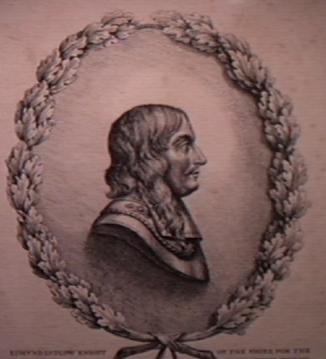
The Memoirs of Edmund Ludlow was the first of the less documentary histories of the Civil War
period to appear. In 1698-1699 they appeared in two volumes. Ludlow’s Memoirs was part of the
publishing efforts of John Toland and the Calves-Head Club which frequented the Grecian Coffee
House in Devereux Court in the 1690s. With substantial editing out of the offensive religious ideas,
Toland also published Sidney’s Discourses for the first time in 1698 with minor editing; reprinted
Henry Neville’s Plato Redivivus; and started the pamphlet war against the Standing Army with
Andrew Fletcher and John Trenchard.
The Big Whigs: The Whig Junto
Charles Montagu, 1st Earl of Halifax (1661-1715) Lord of the Treasury from 1692, he started the
National Debt and the Bank of England. He became Chancellor of the Exchequer in 1694 and was
intimately connected with Locke and Somers in the reform of the coinage. First Lord of the
Treasury in 1697 and a Baron in 1699, he acted as a patron of literature and science.
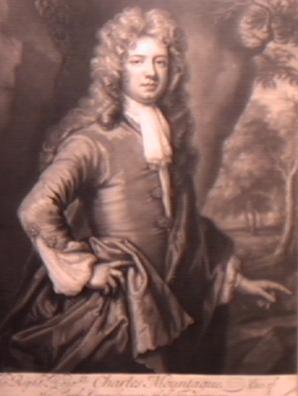
John, Lord Somers (1651-1716)
Lord Somers was one of those Whig statesmen who deserves to be called a Whig without any
qualifiers. He was acquainted with Shaftesbury, William Russell, Algernon Sidney, John Locke,
Charles Montague, and Isaac Newton. He was instrumental in the Bill of Rights, the plan for
bringing William over, the coinage reform, and the trial of Henry Sacheverell in 1710. He believed
firmly in the Revolution settlement. The ideas of limited, constitutional government owe a great deal
to Somers. Somers published The Security of Englishmen’s Lives anonymously in 1681 during
the Exclusion Crisis.
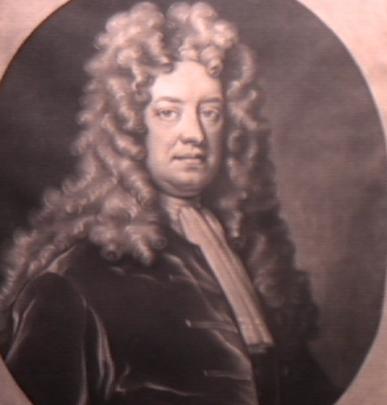
Somers was also one of the great patrons of literature. In a Kit-cat portrait of Somers he has his
hand on Spenser’s Faerie Queen. Milton was his favorite poet and he encouraged Jacob Tonson
to bring out a folio edition of Paradise Lost in 1688. Jonathan Swift dedicated his Tale of a Tub
to Somers and Joseph Addison was also deeply in his debt.
John Locke (1632-1704)
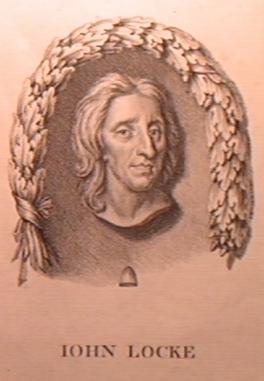
Eminent philosopher, statesman, plotter, economist, and physician, it is hard to find any area of
18th century thought on which Locke was not a significant influence. His closeness to the 1st Earl
of Shaftesbury was the most important friendship of his life. As author of the Essay Concerning
Human Understanding and the Two Treatises, he made his place in the philosophical and
political pantheons. It is not too much to say that large portions of the interpretation of the
American political experience and ideology revolves around the interpretation of John Locke’s
ideas and the impact that he had or didn’t have on the American Founding Fathers. Close friend of
Newton, Montagu, Somers, and Boyle he was involved with the Bank of England, recoinage, and
the Royal Society.
